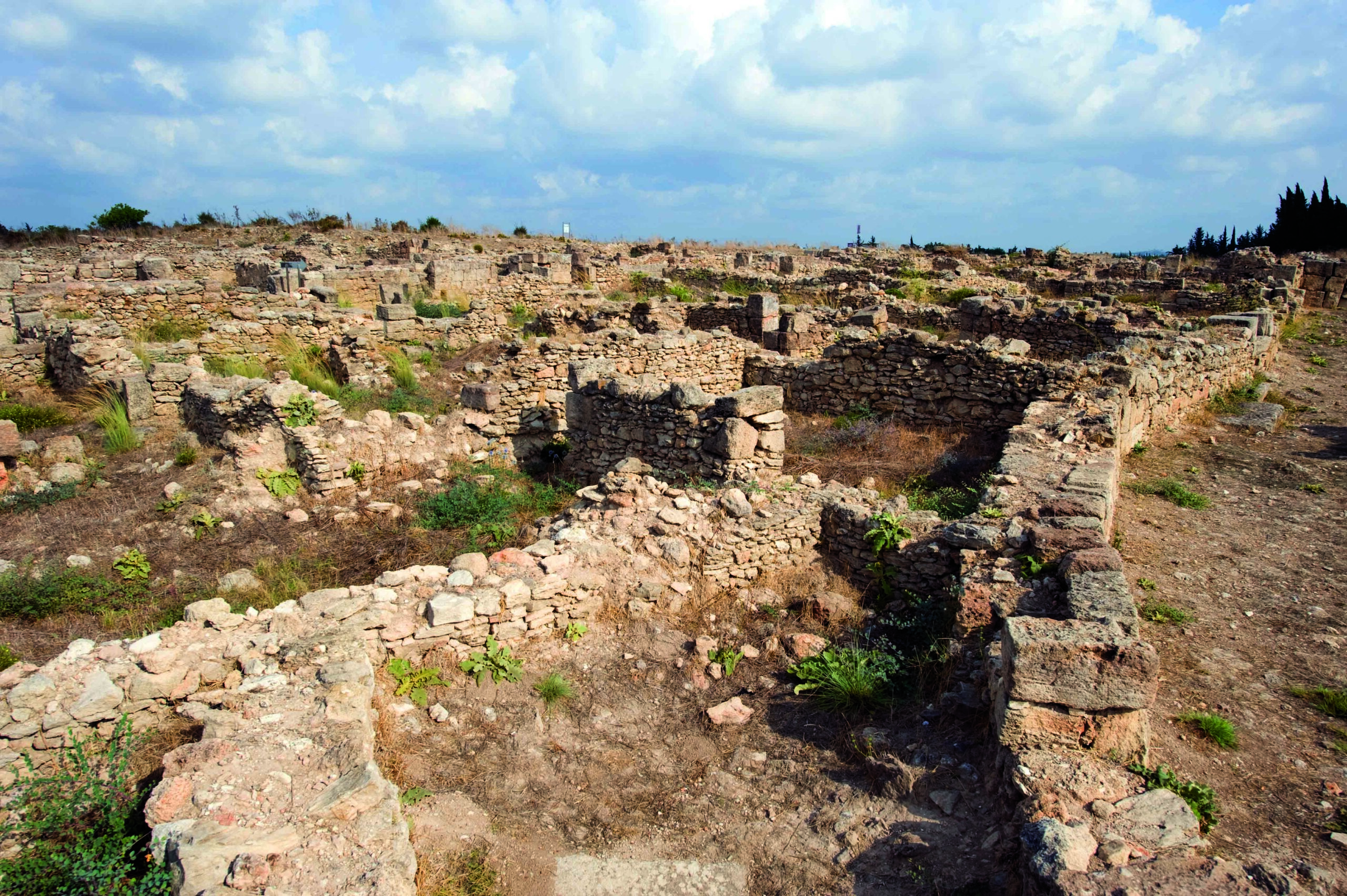STANFORD, CALIFORNIA—Science News reports that computational biologist Alexander Ioannidis of Stanford University, population geneticist Andrés Moreno-Estrada of Mexico’s National Laboratory of Genomics for Biodiversity, and their colleagues examined the genomes of 430 present-day people from 21 Pacific Island populations, and identified DNA segments of exclusively Polynesian origin. The researchers were also able to pinpoint rare gene variants specific to individual Polynesian islands, which allowed them to reconstruct settlement paths. Comparison of the genes between individuals from different islands was used to estimate when those migrations occurred. The study suggests that travelers left Samoa, which is located in western Polynesia, headed south to Fiji and Tonga, and then east, reaching Rarotonga by about A.D. 830, and the Tuamotu Islands, which are located to the east of Tahiti, by about 1100. Estrada said that the DNA evidence indicates the tradition of carving massive statues began on a single island, likely in the Tuamotus, and spread with the migrants, reaching as far east as Rapa Nui, also known as Easter Island, by about 1250. Analysis of eastern Polynesian language dialects and archaeological evidence, however, has shown that people living in eastern Polynesia had extensive trade contacts throughout the early settlement period. To read about the first settlement of Tonga's Lapita people, go to "World Roundup: Tonga."
DNA Analysis Offers Clues to Settlement of Polynesia
News September 24, 2021
Recommended Articles
Digs & Discoveries November/December 2016
Coast over Corridor


Top 10 Discoveries of 2025 January/February 2026
The First Indo-European Speakers
Eastern Ukraine and Southern Russia

Digs & Discoveries November/December 2025
The Egyptian Sequence
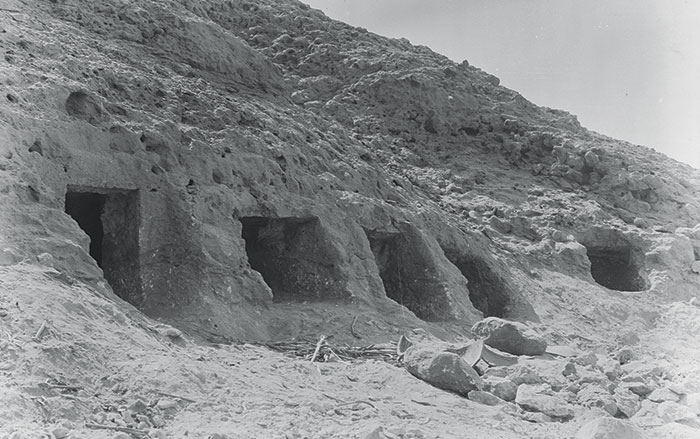
-
Features July/August 2021
Autobiography of a Maya Ambassador
A grand monument and a humble burial chronicle the changing fortunes of a career diplomat
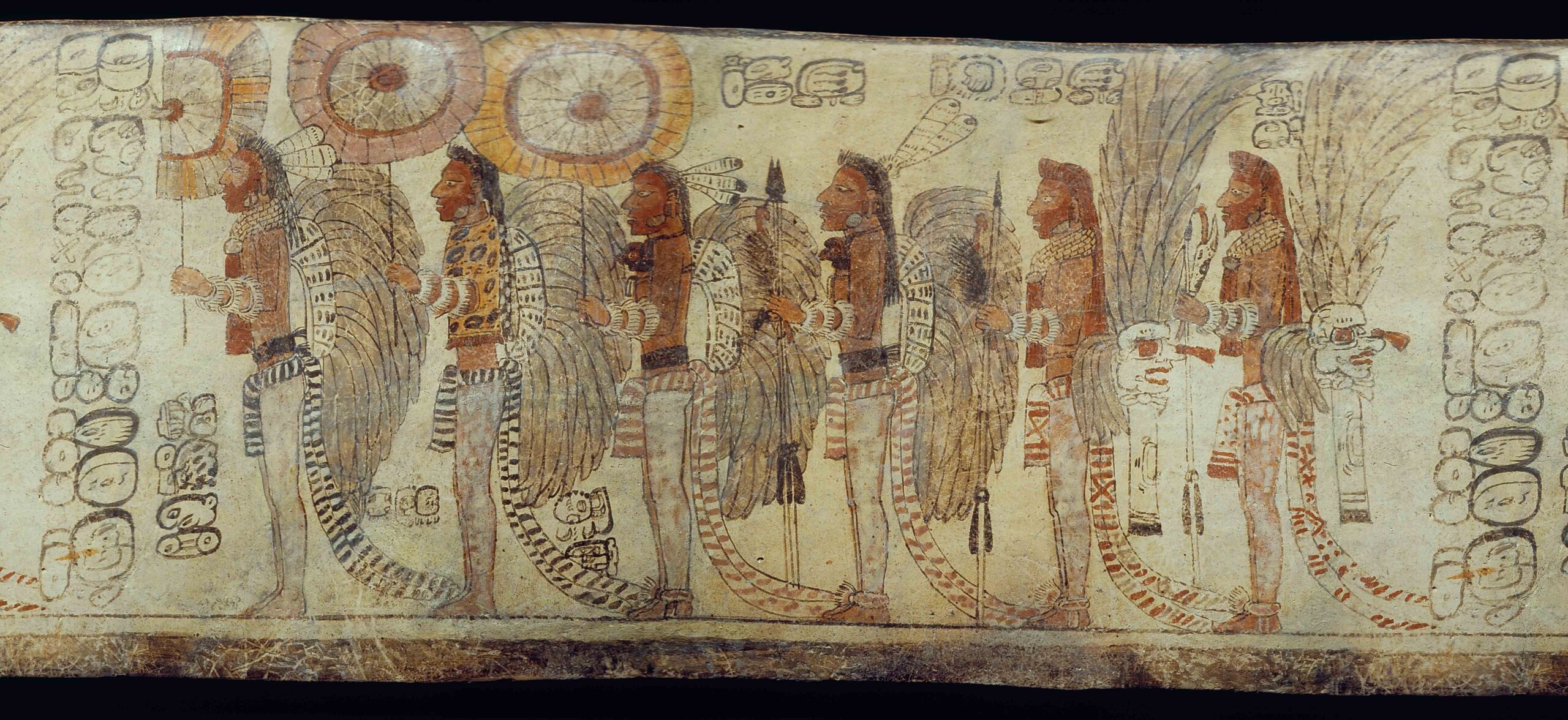 (Justin Kerr, K-5763, Justin Kerr Maya Vase Archive, Dumbarton Oaks, Trustees for Harvard University, Washington, D.C.)
(Justin Kerr, K-5763, Justin Kerr Maya Vase Archive, Dumbarton Oaks, Trustees for Harvard University, Washington, D.C.) -
Letter from Alaska July/August 2021
The Cold Winds of War
A little-known World War II campaign in the Aleutian Islands left behind an undisturbed battlefield strewn with weapons and materiel
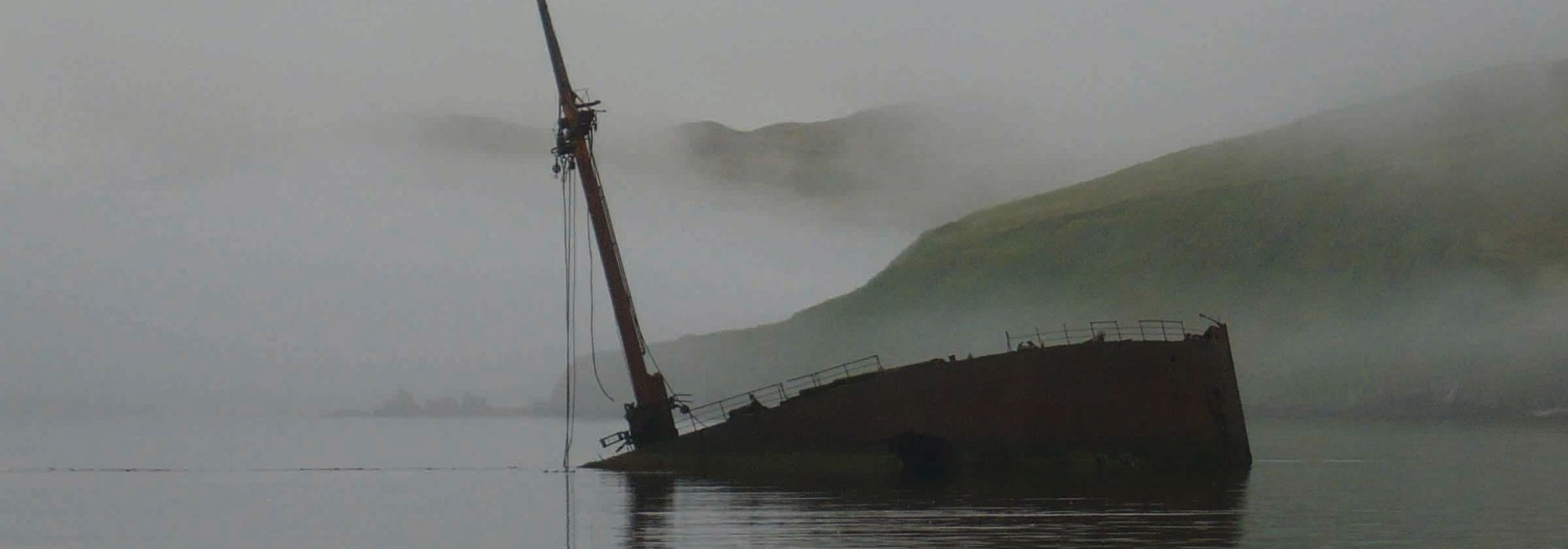 (Brendan Coyle)
(Brendan Coyle) -
Artifacts July/August 2021
Egyptian Copper Tools
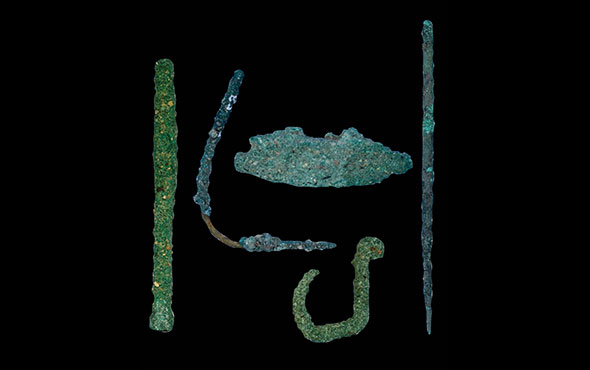 (Courtesy Martin Odler and Jiří Kmošek, Czech Institute of Egyptology, Faculty of Arts, Charles University)
(Courtesy Martin Odler and Jiří Kmošek, Czech Institute of Egyptology, Faculty of Arts, Charles University) -
Digs & Discoveries July/August 2021
A Challenging World
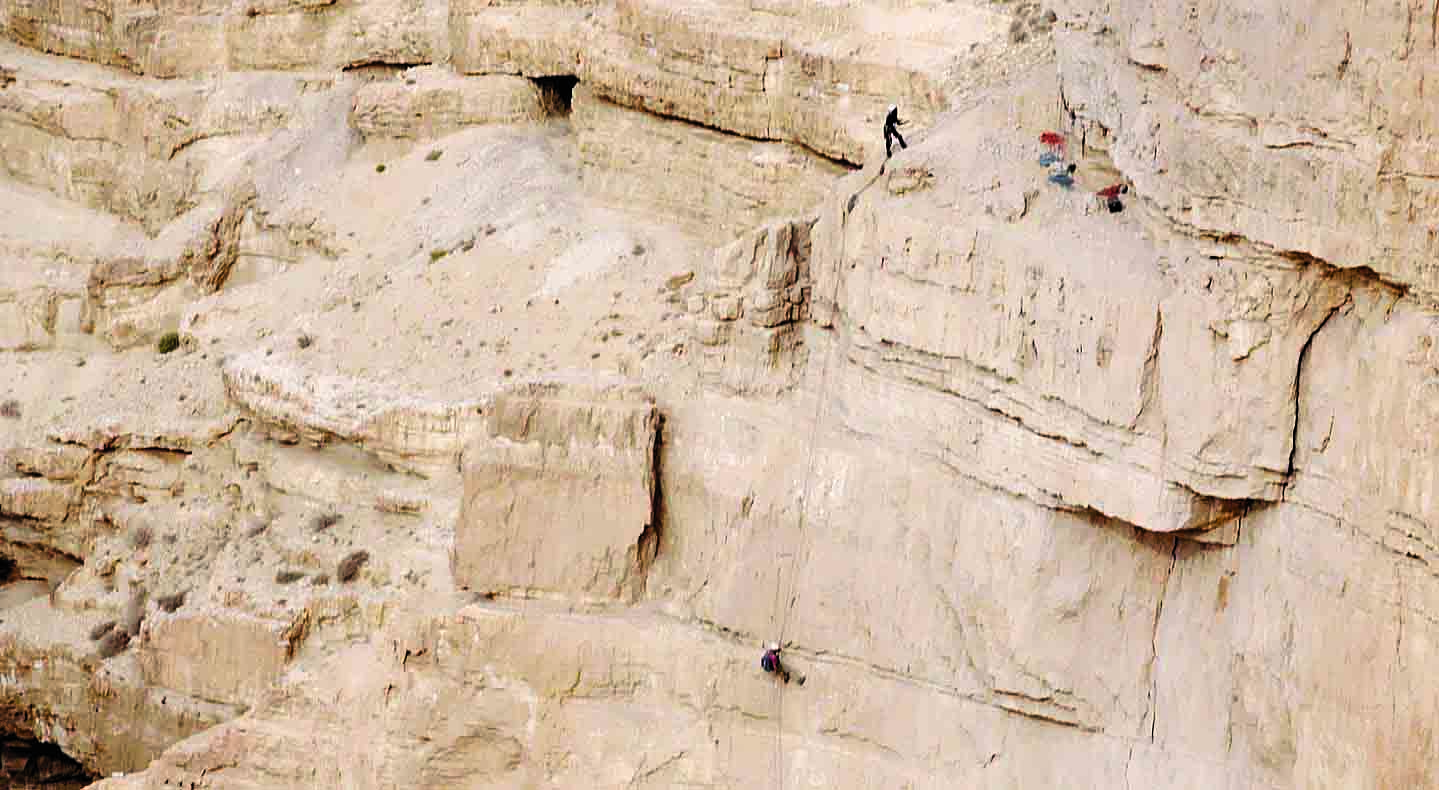 (Courtesy Yoli Schwartz/Israel Antiquities Authority)
(Courtesy Yoli Schwartz/Israel Antiquities Authority)


